Oxford Partial Knee Replacement: Rapid Recovery Timeline After Surgery
Aug 22, 2019Richard A. Sweet, M.D. (Retired 2022)
Introduction:
One of the major advantages of the Oxford Partial Knee Replacement relative to that of a traditional full knee replacement procedure is the Oxford’s rapid recovery timeline. Patients undergoing partial knee replacement surgery commonly find their recovery time to be half that of a full knee replacement.
Surgical Technique:
The Oxford Partial Knee Replacement is performed via a minimally invasive surgical technique. All full knee replacement procedures require some cutting into the quadriceps mechanism to gain adequate surgical exposure. In addition, full knee replacement surgery requires sacrifice of the anterior cruciate ligament (ACL). In the minimally invasive surgical exposure of the Oxford partial replacement procedure, cutting into the quadriceps tendon or muscle is completely avoided, and the ACL is preserved. The result is that the quadriceps muscle function returns almost immediately following surgery. This allows the patient early ability to straight leg raise and walk with full weight bearing with muscular control of the leg. Range of motion is regained more rapidly, the hospital stay is shorter and ambulatory aids (walker, crutches and cane) can be discarded sooner. The operation usually takes 90 minutes to complete.
Pain Management:
New pain management techniques are utilized for all type of knee replacement surgery including the Oxford Partial Replacement. As a result, patients typically are much more comfortable in the immediate postoperative period. These new techniques include nerve blocks that numb the leg for up to 18 to 24 hours. Both the femoral nerve (in the front of the hip) and the sciatic nerve (in the back of the hip) are blocked with a long acting local anesthetic. Approximately 30 minutes prior to surgery the patient is taken from the preop admission area to the holding room where the anesthesiologist will first sedate the patient to minimize any discomfort then block the femoral and sciatic nerves.
Other important pain management techniques include the routine administration of both intravenous and oral pain suppressive agents, an icing device to minimize swelling, and “on call” narcotics that can be given either intramuscularly, intravenously or orally.
In Hospital Care and Physical Therapy:
Early efforts at mobilizing the patient are made on the day of surgery. Usually a Continuous Passive Motion machine (CPM machine) is applied to the operative leg on the day of surgery to start early range of motion. The patient is helped up to a chair the evening of surgery. Extensive walking is avoided for 12 to 18 hours postoperatively till the effects of the nerve blocks wear off and muscular control of the leg has returned (a small price to pay for the comfort provided).
On the day following surgery, the surgical drain (if utilized) is removed, the postop compressive dressing is changed to a light dressing only and physical therapy starts in earnest. Immediate full weight bearing is allowed. Range of motion and strengthening exercises are begun. Ambulation is encouraged. Stair climbing is taught.
Hospital Stay:
The hospital stay is brief. Many patients are usually discharged home the day after surgery. Occasionally two nights hospital stay are required to meet goals of independent care.
Showering Postoperatively:
It is safe to get the wound wet on the 5th day postop if all drainage had ceased. If any drainage persists, the wound should be kept clean and dry with asterile gauze dressing applied and changed as necessary till it completely stops.
Physical Therapy after Hospital Discharge:
Three options are available for post hospital therapy.
- Home therapy – This is now the most commonly employed option. Most patients have insurance coverage for home therapy. The quality of home therapy is quite excellent. Duration varies, but is generally employed for 1 to 3 weeks.
- Outpatient therapy – Outpatient therapy in a physical therapy department has the advantage of better equipment vs. what is available in home. More mobile patients often opt for outpatient care. Patients often migrate from home to outpatient therapy as they become more mobile.
- Rehab facility transfer – Direct transfer from the hospital to a rehab facility is rarely necessary after partial knee replacement surgery. This option is most appropriate for older patients who live alone. Insurance coverage for rehab stay varies and needs to be investigated in advance. Duration of rehab stay can be as short a few days or as long as a couple of weeks and depends on the speed of recovery and the amount of support each patient will have when returning home.
Prevention of Blood Clots:
Some type of blood thinner is used in almost all cases to prevent the formation of blood clots. The most common option utilized is the oral administration of Coumadin (warfarin) for 3 weeks. Weekly blood work (pro time) is performed (the Home Health team can check this) to ensure that the blood is not “too thin”. Aspirin 81 mg daily (baby aspirin) is recommended for 6 weeks after the Coumadin is stopped.
Time on Walker or Crutches:
Full weight bearing is allowed immediately after surgery. Most patients can wean off the walker or crutches as their muscle function, swelling and soreness allows. Many patients have moved to the use of a cane by 5 to 7 days postop.
Time on a Cane:
Once off the walker or crutches, the use of a cane in the opposite hand is helpful for another week. Most physically fit patients are off all ambulatory aids including a cane by 2 weeks postop.
Time until Return to Driving:
Patients should not return to driving until cleared to do so postop. In part this is due to liability issues if an accident should occur. It is generally safe to return to driving 2 to 4 weeks postoperatively (shorter for a left knee, longer for a right knee).
Time until Returning to Work:
Predicting a return to work date is difficult. Motivational issues play an important role. Great variability exists. In general, patients returning to a sedentary job tend to return to work 2 to 4 weeks postop and those with more physically demanding jobs tend to return at 2 to 3 months postop.
Time until Returning to Recreational Athletics:
Patients can begin to return to light recreational sports such as golf by 4 to 6 weeks postop. More strenuous sports, such as tennis may require 12 weeks before a return is possible.



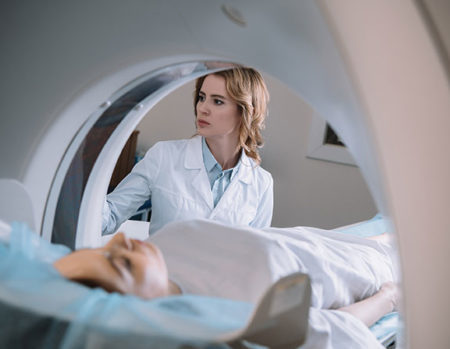 Our patients can receive MRI imaging onsite at both our Louisville and New Albany Clinics.
Our patients can receive MRI imaging onsite at both our Louisville and New Albany Clinics. Providing the latest advances in orthopedic surgery is our specialty.
Providing the latest advances in orthopedic surgery is our specialty.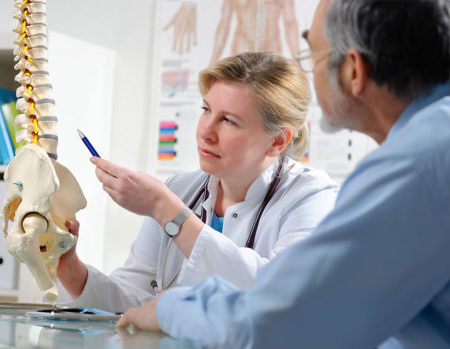 We take a unique, multidisciplinary approach to pain management.
We take a unique, multidisciplinary approach to pain management.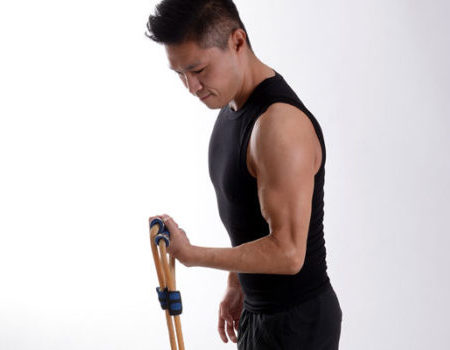 Our physical therapists use advanced techniques to help restore strength and mobility.
Our physical therapists use advanced techniques to help restore strength and mobility. 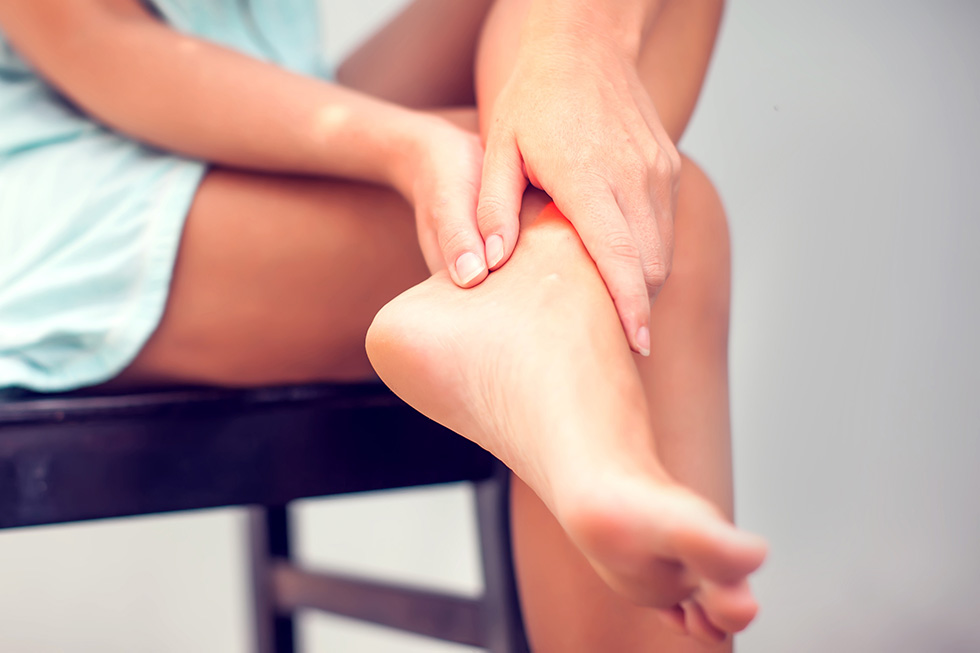 We provide comprehensive, conservative care for a wide variety of foot and ankle conditions.
We provide comprehensive, conservative care for a wide variety of foot and ankle conditions.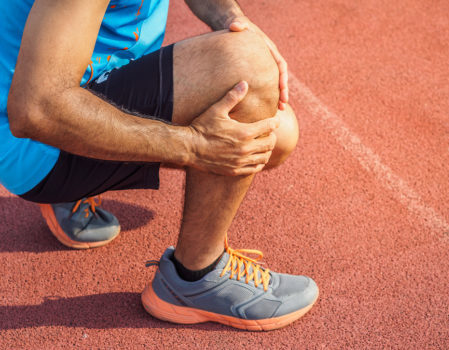 We offer same- and next-day care to patients with acute injuries.
We offer same- and next-day care to patients with acute injuries.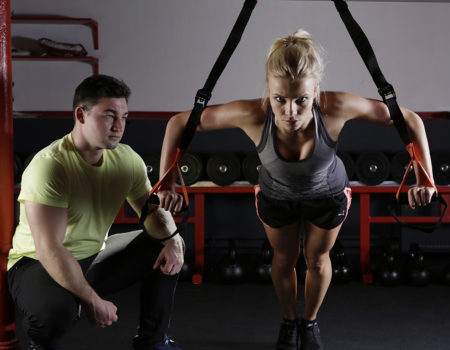 Get back in the game with help from our sports medicine specialists.
Get back in the game with help from our sports medicine specialists. 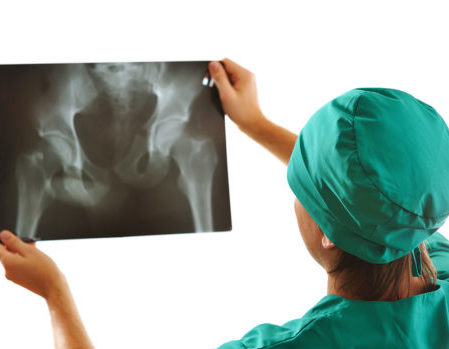 Our centers are equipped with a state-of-the-art digital X-ray machine.
Our centers are equipped with a state-of-the-art digital X-ray machine.